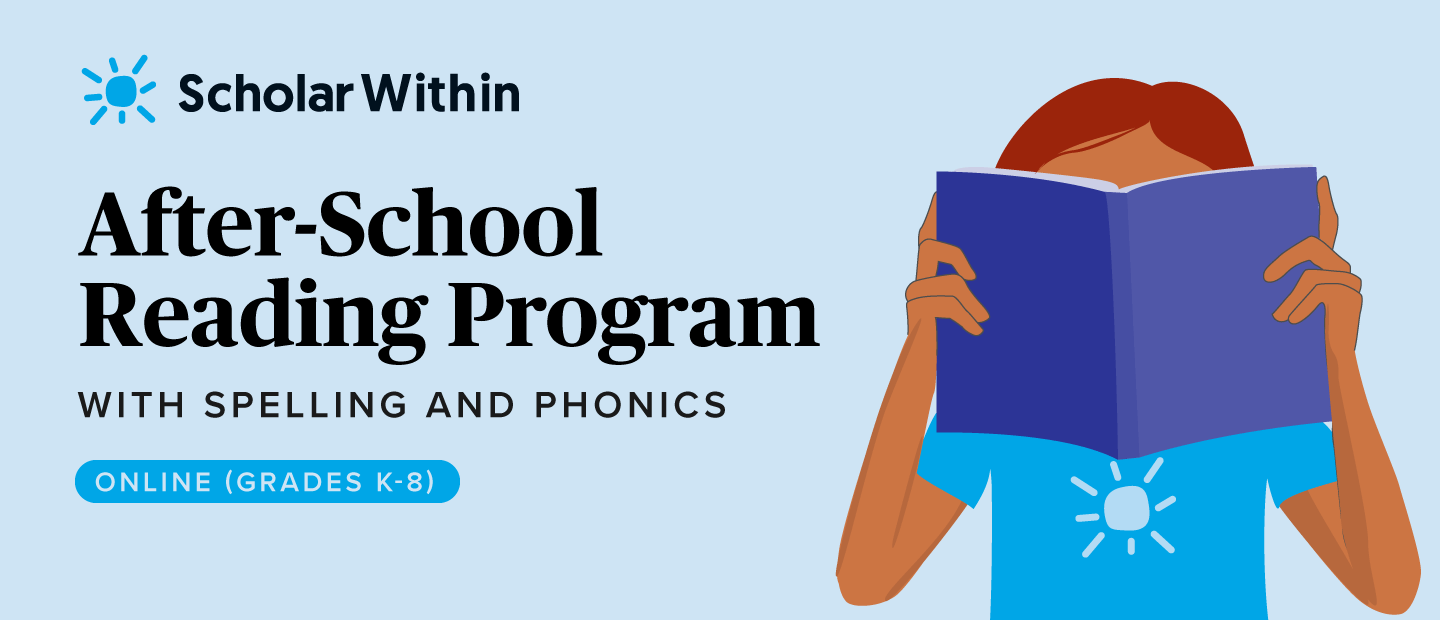What is Phonics? A Key to Reading Intervention: Best Practices
April 3rd, 2019Phonics is different than phonemic awareness. We often think of phonics skills and how we may need to improve them without actually understanding what phonics skills are and how they differ from phonemic awareness.
Phonics and Phonemic Awareness
The alphabetic principle and phonemic awareness do go hand in hand. Phonemic awareness is the ability to hear, identify, and manipulate individual sounds in spoken words. Phonics, on the other hand, takes that a step further. Phonics is the ability to pair individual sounds with a visual symbol.
For example, taking what you hear and then putting those sounds with the symbols that represent them. This is what is known as the Alphabetic Principle. The goal of teaching the Alphabetic Principle is to help children grasp the idea that letters and letter patterns represent the sounds of spoken language. Specific phonics instruction helps children learn the relationship between written language and spoken language.
Reading Intervention Step One
Phonemic Awareness – hearing, identifying, and manipulating sounds
Reading Intervention Step Two
The Alphabetic Principle – pairing individual sounds with visual symbols
- Acquiring and remembering letter names
- Acquiring and remembering letter shapes
- Matching letter sounds with their written form (shape)
Best Practices for Teaching Phonics
- Teach the letter-sound relationships both explicitly and in isolation
- Start with f, m, n, r, and s as they can be pronounced easily in isolation
- Teach five additional sounds (a, i, e, m, t; then you can make words with them: at, it, fat, mat, sat, rat, fan, tan, man, ten, set, sit, met, mitt; then make sentences with them: I see Mat. – Mat sits.)
- Give multiple opportunities each day to practice the sound-symbol relationships
- Label objects in the room and go around practicing their names
- Think of rhyming words with at – a great way to introduce additional letter-sound relationships (at, cat, fat, hat, etc.)
- Review daily previously taught sounds-symbols and gradually add new sound-symbols (letters)
- Practice and apply these sound-symbol relationships with phonetically spelled words that are familiar to them
For more direct instruction on improving reading skills with phonemic awareness and the alphabetic principle, reserve your spot for our Reading Program. Here, Bonnie teaches these skills to you, step-by-step through audio and video lessons. The program integrates both phonemic awareness and phonics seamlessly.

Bonnie Terry, M. Ed., BCET is internationally recognized as America’s Leading Learning Specialist. She is an award-winning author and learning disability specialist and board-certified educational therapist.
Best Selling Author: Five Minutes to Better Reading Skills, Ten Minutes to Better Writing and Study Skills, and The Sentence Zone Game.
































